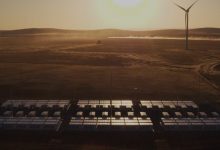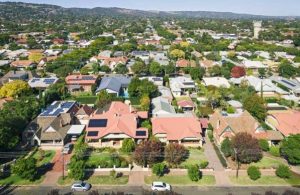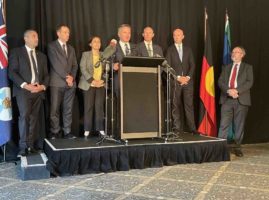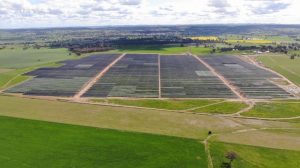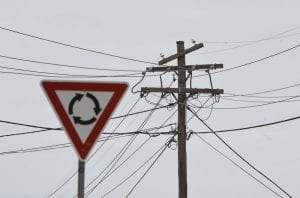Numerous energy storage projects in Australia are being sidelined or delayed because off “missing markets” that could reward them for their flexible and rapid response and other benefits they can deliver to the wider system, an industry forum has heard.
The question of ‘missing markets’ in Australia’s energy system was the focus of discussion during the Clean Energy Council’s Online Energy Storage Forum 2021 on Thursday, because Australia’s current energy markets don’t yet fully reward emerging technologies for the services they can provide to the system.
The emergence of small and large-scale battery storage technologies, and their speed and flexibility in responding to the energy supply-demand balance and shifting excess wind and solar to when they are needed most, are not fully recognised under current market arrangements.
Tesla Australia’s director for energy, Mark Twidell, told the forum that key reforms to the energy market are necessary for the transition from conventional, fossil fuel based generation, to new renewable and inverter based energy technologies.
“Economics are driving a lot of these changes and we’re seeing variable renewables strike price arbitrage within the market, and that’s creating investment opportunities with storage,” Twidell said.
“But underlying all of that as a common theme of inverter-based technologies displacing traditional rotating steam or gas turbines.
“With that comes one of the areas that the ESB has identified as the essential services and ‘missing markets’, and if we can get that right, investors and storage systems can then go out and contract for some of the services that might not have markets today like inertia, like fast frequency response and delivering capacity at certain times.”
Currently, Australia’s main electricity market predominantly operates on an ‘energy only’ basis, with generators paid on the basis of the amount of electricity they produce, and with only limited recognition of the benefits of support services that storage projects can provide, such as load shifting and rapid response services.
Significant reforms to Australia’s main electricity market are currently being developed by the Energy Security Board, including the creation of a new ‘capacity market’ that would pay generators for their ability to make their capacity available to the market to be called upon as needed.
Concerns have been raised around the potential of such a mechanism to keep ageing fossil fuel generators operating for longer than they would otherwise – rewarding them for their rated capacity rather than their ability and flexibility in a rapidly evolving market.
ESB chair Kerry Schott insisted that the proposed capacity mechanism had the potential to address the challenge of ‘missing markets’ and could support new storage projects to enter the market by valuing the flexibility and dispatchability of storage technologies.
“What we’ve asked ministers to do is to recognise that the current market design is not going to deliver the resources that we need and the right mix of resources we need going forward,” Schott said.
“With the increase in renewables, we really do need more storage and at the present time, the current market design won’t deliver that, unless it is allowed to go to an enormously high market price cap, which is not politically acceptable.”
Schott said that battery storage technologies were in a “very favourable” position when it came to addressing the inherent variability of wind and solar supplies, saying that she anticipated batteries “winning any affordability race” when it came to firming variable renewables.
Schott also played down concerns that the creation of a new capacity mechanism would see ageing coal fired generators remain in the market beyond their expected closure dates.
“The capacity mechanism that the ESB has in mind, is not something that’s designed to keep coal in the system and the principles behind the design going forward, likely to ensure that that doesn’t happen,” Schott said.
“We have tried to address the missing markets issue with a capacity mechanism. And if you think about the energy market now, investments are getting rewarded on the basis of the energy they supply.
“But what we are actually missing in investment rewards is a reward for flexibility and firming, and if you can be both firm and flexible, then that’s where you need to get an additional reward.”
South Australian energy minister, Dan van Holst Pellekaan, told the forum that in the absence of a formal mechanism, the state government was directly subsidising energy storage projects – including the Hornsdale Power Reserve operated by Neoen and built by Tesla – in recognition of the overall benefits for consumers.
“What we’re actually doing is we’re providing $3 million per year for five years in return for the battery delivering the services to our grid – voltage control and frequency control and inertia provision and things like that. ” van Holst Pellekaan said.
“We think that’s a smarter way to use taxpayers money, and basically be paying for the benefits that taxpayers receive when they receive those benefits.”

